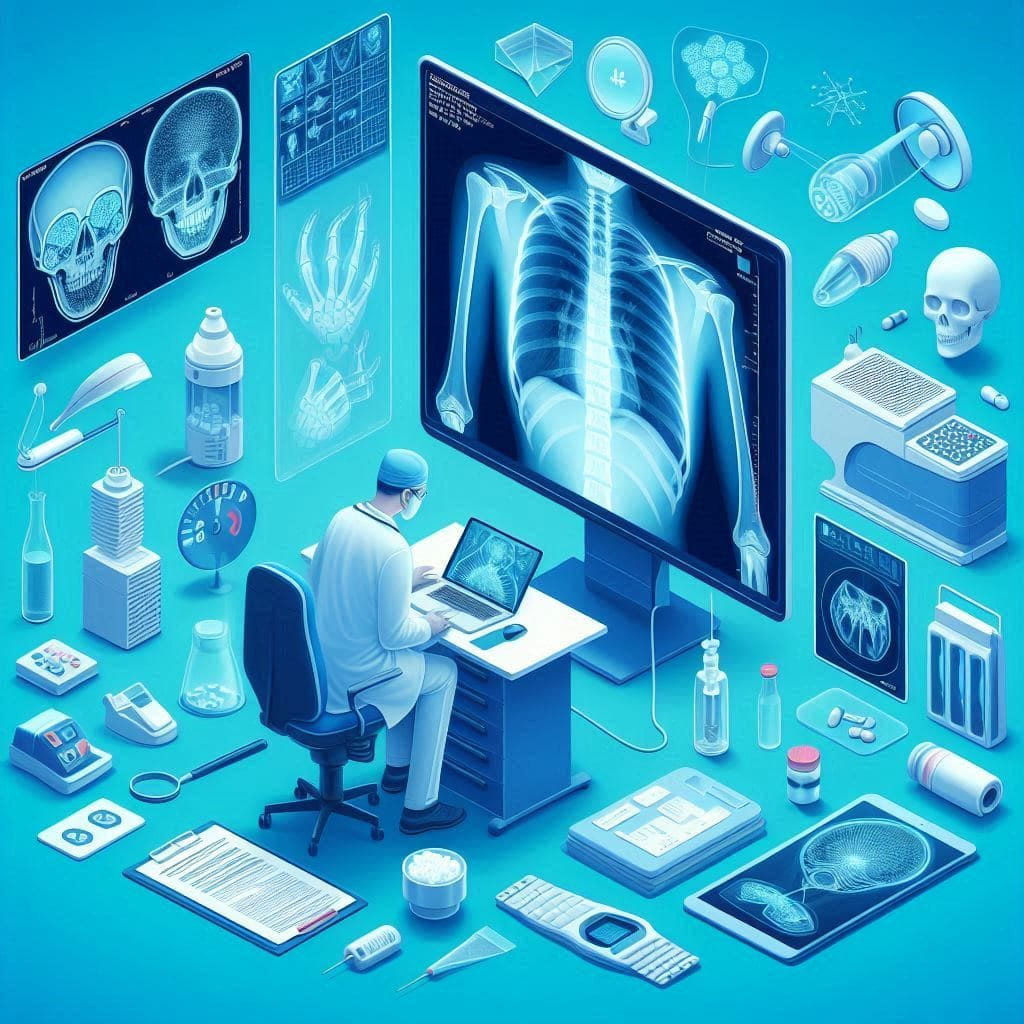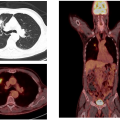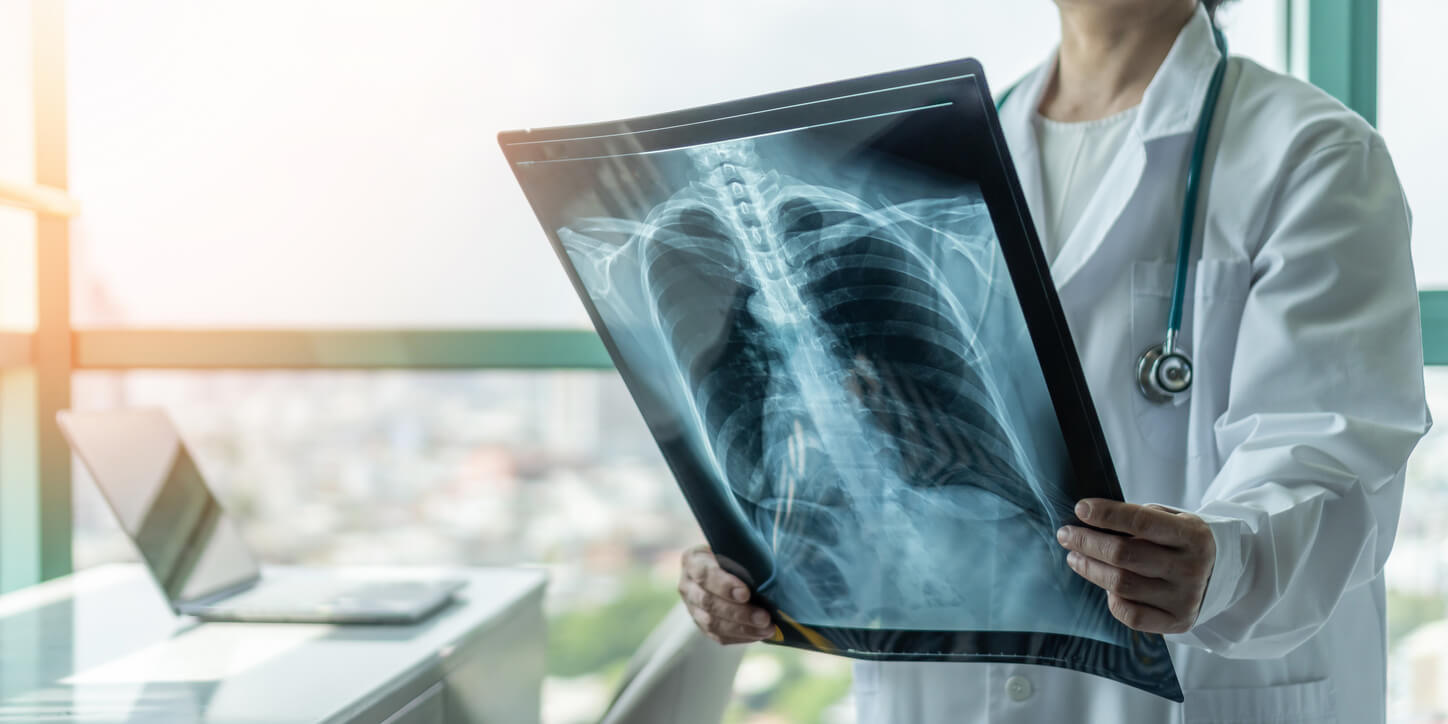
Does the Body Get Rid of X-rays?
X-rays are a vital tool in the medical diagnostic field, allowing doctors to see detailed internal structures of the body without the need for surgery. X-rays are widely used to diagnose many medical conditions, including fractures, tumors, and respiratory diseases. Despite the significant benefits provided by this technique, there is increasing concern about the potential health risks associated with its use. This concern raises questions about how X-rays affect the body, how long these rays stay in the body after exposure, and the potential long-term health risks.
In this article, we will discuss how the body deals with X-rays, whether it gets rid of them or not, and the duration X-rays remain in the body, with a focus on providing a professional and comprehensive overview of Dokki Scan, one of the leading centers in providing X-ray services with the highest standards of quality and safety.
How the Body Deals with X-rays
X-rays are a type of electromagnetic radiation and have the ability to penetrate soft tissues such as skin and muscles. When the body is exposed to X-rays, several interactions occur within the body that can be divided into the following points:
Interaction with Cells and Tissues:
When X-rays pass through the body, they interact with the atoms in cells and tissues, which can lead to changes in the molecular structure of cells. This interaction can cause damage to DNA within cells. If this damage is not repaired properly, it may result in long-term health problems.
Potential Damages:
The damage caused by X-rays can range from mild effects such as redness or swelling to more serious health issues like cancer. Exposure to high or repeated doses of X-rays can have harmful health effects, necessitating preventive measures to reduce unnecessary exposure.
Biological Repair Mechanism:
The body has natural mechanisms to deal with damage caused by X-rays. Cells have the ability to repair DNA damage. However, these mechanisms may not always be sufficient in some cases, potentially leading to health issues that may manifest in the future.
Does the Body Get Rid of X-rays?
It is important to understand that X-rays themselves do not remain in the body after exposure. Once X-rays pass through the body and produce the required image, they dissipate and exit the body, leaving no permanent traces. In other words, X-rays are not stored in tissues.
However, the biological effects resulting from exposure remain. For example, if exposure to X-rays causes DNA damage, the body must address this damage through biological repair mechanisms. If exposure is significant or repeated, there may be an increased risk of developing health issues such as cancer.
Duration of X-rays in the Body
As mentioned, X-rays themselves do not remain in the body. However, the biological effects resulting from exposure can persist and affect health in various ways. The duration of X-ray effects depends on several factors:
Radiation Dose:
The amount of radiation the body is exposed to significantly affects its impact. Small doses are generally not harmful and the body can recover from them quickly. Large doses, however, increase the likelihood of health damage and may have long-term effects.
Frequency of Exposure:
Repeated exposure to X-rays can have a cumulative effect on health. Repeated exposure increases the likelihood of radiation affecting body cells and can cause long-term damage.
Type of Affected Tissue:
Tissues with rapid turnover such as cancerous tissues are more susceptible to the harmful effects of X-rays. Tissues that regenerate quickly are more prone to radiation-related damage.
Preventive Measures and Safe Practices
To ensure the reduction of risks associated with X-rays, it is essential to follow a set of preventive practices:
Determining the Need for X-rays:
X-rays should be performed only when there is a genuine medical need. It is crucial to avoid unnecessary X-ray procedures that do not add diagnostic value.
Using the Lowest Possible Dose:
The dose used should be minimized to the least amount required to obtain the necessary medical images. Modern imaging techniques that contribute to reducing the dose without affecting image quality can be used.
Special Precautions:
Using protective shields such as lead aprons to protect sensitive tissues such as reproductive organs and the thyroid gland. This helps in reducing exposure of sensitive tissues to radiation.
Communicating with Patients:
There should be good communication between healthcare providers and patients regarding potential risks and the measures taken to ensure their safety. Educating patients about how to reduce risks related to X-rays can be beneficial.
Technological Advances in X-ray Technology
In recent years, X-ray technology has seen significant advancements. These advancements aim to improve imaging accuracy and reduce associated health risks. Some of these advancements include:
Digital X-ray Imaging:
Digital imaging techniques provide clearer images and reduce the need for high radiation doses. These techniques can enhance early detection of health issues.
Advanced X-ray Devices:
Modern X-ray devices are designed to minimize doses used without affecting image quality. These devices include technologies such as low-dose X-ray imaging and advanced imaging systems.
Enhanced Protection Techniques:
Improvements in materials and techniques used to protect sensitive tissues have contributed to reducing risks associated with X-rays.
To Summarize the Question of Whether the Body Gets Rid of X-rays:
X-rays are a powerful and essential diagnostic tool in modern medicine, but they are not without risks. Understanding how X-rays affect the body and how to manage these effects can help in minimizing risks and ensuring that this technique is used safely and effectively. At Dokki Scan, we are committed to providing high-quality diagnostic services with the highest safety standards. We strive to ensure that X-rays are used safely and adhere to best practices to reduce risks and ensure patient health and safety.
By adopting preventive practices and advanced technology, we can provide the best possible healthcare while minimizing the negative effects of X-rays. If you have any questions about X-rays or need advice on how to minimize risks, Dokki Scan is here to offer support and assistance.
Contact us today for the necessary consultation and to learn how to use X-rays safely in healthcare. We are here to ensure your health and safety and provide the highest level of care for you and your family.
Latest Blogs
- All Posts
- Blog










